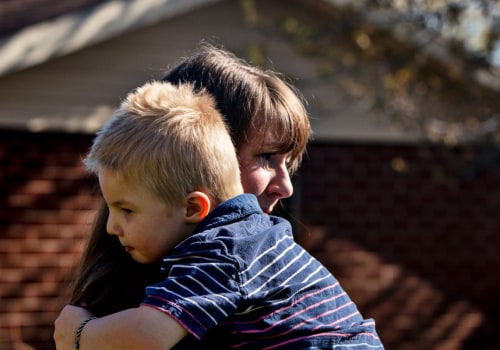Autism spectrum disorder (ASD) is a developmental disability caused by differences in the brain. People with ASD often have problems with communication and social interaction, and restricted or repetitive behaviors or interests. Repetitive behaviors such as hand flapping, swinging, jumping, or turning are typical of autism. Constant movement (rhythm) and “hyperbehavior”, fixations on certain activities or objects, and specific routines or rituals (and feeling upset when a routine is changed, even slightly) are also common.
People with ASD may also have different ways of learning, moving, or paying attention. Many people with autism have sensory problems. They usually involve excessive or insufficient sensitivity to sounds, lights, touch, tastes, smells, pain, and other stimuli. Autism is also associated with high rates of certain physical and mental health conditions.
Specialized healthcare providers diagnose autism using a checklist of criteria in the two categories above. They also assess the severity of the symptoms. The Autism Severity Scale reflects the amount of support a person needs for daily function. It is discussed whether girls and women with autism may show different symptoms than boys and men, and that current diagnostic criteria may be biased towards boys and stereotypical male behavior. As a result, it is important to be able to tell at a glance if you are seeing symptoms of misbehavior or autism.
Many of the typical behaviors of children on the autism spectrum could be considered discipline problems in other children. Lead Screening: Because lead poisoning can cause symptoms similar to autism, the National Center for Environmental Health recommends that all children with developmental delays be screened for poisoning. High-risk children include those who have a family member with ASD, show some behaviors that are typical of ASD, have older parents, have certain genetic conditions, or who had a very low birth weight. The mutual give-and-take nature of typical communication and interaction is often particularly challenging for people with ASD. For example, an autistic scholar might multiply large numbers in his head, play a piano concerto after hearing it once, or quickly memorize complex maps. Studies are being conducted to identify the types of services and supports that are most useful in improving the functioning and community integration of autistic youth and adults of transition age. If you're a parent dealing with a child on the autism spectrum, you might hear many different terms, including high-functioning autism, atypical autism, autism spectrum disorder, and pervasive developmental disorder. According to one study, lack of eye contact is a way for the autistic person to decrease unpleasant sensations caused by overactivation in a particular area of the brain. In addition, children with autism spectrum disorder tend to do well on tasks that involve immediate memory or visual skills, while tasks that involve symbolic or abstract thinking are more difficult. If your child's school can't meet their needs, their neighbors are intolerant, or their preferred activities are simply impossible for your autistic child, you may need to consider options such as a private school, a different neighborhood, or a change in routines.




Leave a Comment